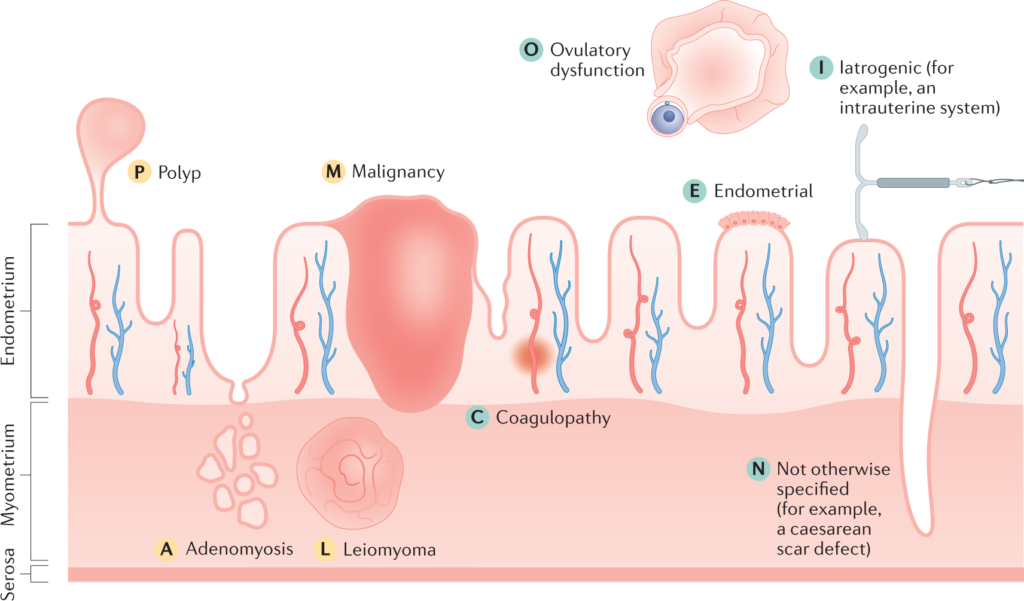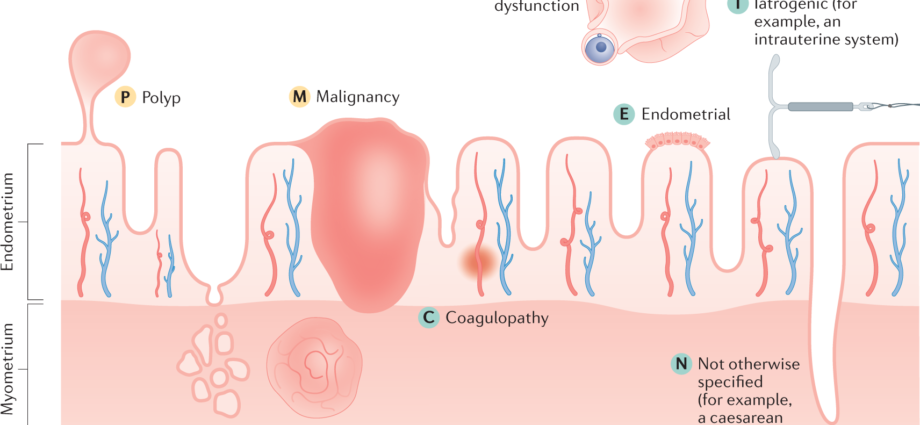
ABSTRACT:
In this article, we will discuss about the fascinating molecular and genetic basis of menstrual cycle malfunctioning. The body naturally prepares for pregnancy during the menstrual cycle by creating consistent bleeding. Menstruation, the follicular phase, ovulation, and the luteal phase are the four stages of the cycle. Several factors that affect the menstrual cycle are age, nutrients, lack of exercise along with other molecular and genetic factors. We will also provide references to learn and acknowledge the concept of menstrual cycle malfunctioning.
INTRODUCTION-GENETIC BASIS OF MENSTRUAL CYCLE MALFUNCTIONING:
A complex physiological process, the menstrual cycle governed by the subtle interactions of hormones, molecular signals, and hereditary variables. Menstrual dysfunctions and abnormalities might result from a disturbance in this delicate balance. We explore the molecular and genetic foundations of menstrual cycle dysfunction in this article, providing insight into the mechanisms underlying common conditions such endometriosis, polycystic ovary syndrome (PCOS), and primary ovarian insufficiency (POI).
GENETIC BASIS OF MENSTRUAL CYCLE MALFUNCTIONING:
1. POLYCYSTIC OVARY SYNDROME:
One of the most common endocrine conditions affecting women in their reproductive years is PCOS. Hormonal dysregulation, ovarian malfunction, and metabolic abnormalities are its hallmarks. Numerous genes have linked to the genesis of PCOS, suggesting that the condition has a significant hereditary component. PCOS susceptibility has linked to variations in genes related to insulin signaling, ovarian function, and hormone balance. Molecular research has shown anomalies in the insulin signaling pathways, which result in hyperinsulinemia and elevated androgen synthesis, which interfere with the growth of follicles and the process of ovulation.

2. ENDOMETRIOSIS:
Endometriosis is a long-term gynecological disorder that causes pelvic pain and infertility due to the existence of tissue resembling the endometrium outside the uterus. Although the precise etiology of endometriosis is still unknown, new research points to the involvement of molecular pathways and genetic susceptibility in the disease’s pathogenesis. Numerous susceptibility loci, including genes involved in hormone metabolism, inflammation, and cell adhesion, have been linked to endometriosis through genetic investigations. The survival and proliferation of ectopic endometrial tissue are facilitated by abnormal estrogen signaling, inflammatory reactions, and tissue remodeling, which are the molecular mechanisms underlying endometriosis.

3. PRIMARY OVARIAN INSUFFICIENCY:
Premature ovarian failure, defined as the loss of ovarian function before the age of forty, which leads to infertility and hormone imbalances. POI primarily caused by genetic causes. The affected individuals have found to have mutations in genes related to folliculogenesis, ovarian development, and DNA repair pathways. The underlying molecular causes of POI include faster follicle depletion, reduced hormone synthesis, and abnormalities in ovarian follicle formation. Which result in premature menopause and ovarian dysfunction.

CONCLUSION-GENETIC BASIS OF MENSTRUAL CYCLE MALFUNCTIONING:
Understanding the molecular and genetic basis of menstrual cycle dysfunction provides valuable insights into the pathophysiology of common reproductive disorders. By elucidating the underlying mechanisms, researchers aim to develop targeted therapies and personalized interventions to improve the management of these conditions. Further research exploring the intricate molecular pathways and genetic factors involved in menstrual cycle regulation is crucial for advancing our understanding and improving clinical outcomes for affected individuals.
REFERENCES:
Teede, H., Deeks, A., & Moran, L. (2010). Polycystic ovary syndrome: a complex condition with psychological, reproductive and metabolic manifestations that impacts on health across the lifespan. BMC Medicine, 8(1), 41. https://pubmed.ncbi.nlm.nih.gov/20591140/
Giudice, L. C., & Kao, L. C. (2004). Endometriosis. The Lancet, 364(9447), 1789-1799. https://pubmed.ncbi.nlm.nih.gov/15541453/
Nelson, L. M. (2009). Primary ovarian insufficiency. New England Journal of Medicine, 360(6), 606-614. https://pubmed.ncbi.nlm.nih.gov/19196677/
Treloar, S. A., et al. (2007). Genomewide linkage study in 1,176 affected sister pair families identifies a significant susceptibility locus for endometriosis on chromosome 10q26. American Journal of Human Genetics, 80(3), 567-581. https://pubmed.ncbi.nlm.nih.gov/16080113/




